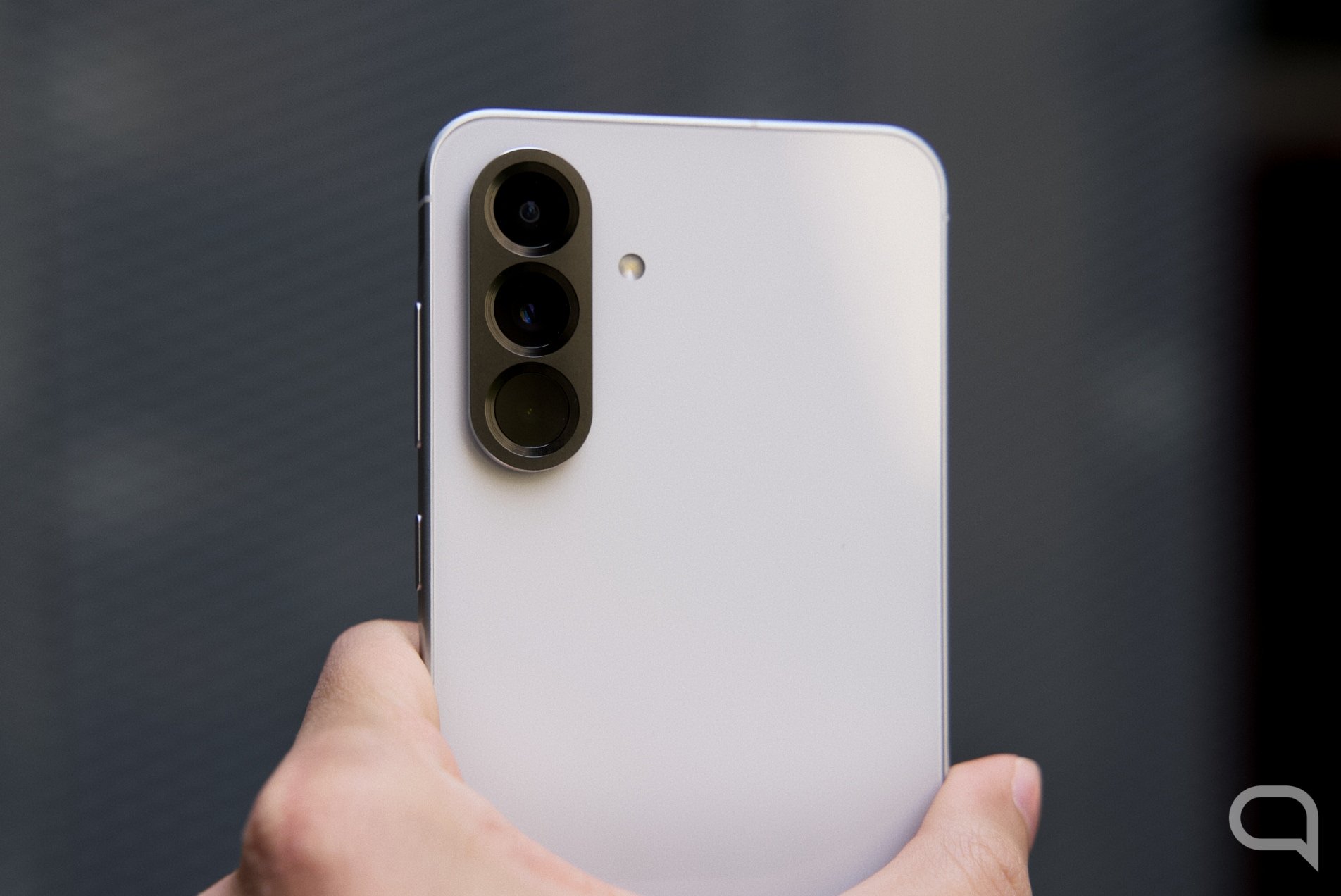360 audio or spatial audio is an evolution of stereo sound that converts instruments, voice, special effects or any other sound into audio objects that engineers can move around an imaginary room equipped with a surround sound system.
In this way, the listener can feel that the sounds are coming from different points in this room and moving from one point to another, providing more realism. We adopted this concept when watching movies, placing the user at the center of the action, surrounding them with special effects.
But what happens if we apply the same technology to music, podcasts or video games? That’s exactly what tech likes Samsung Audio 360, Apple Spatial Audio or Sony 360 Reality Sound.
Surround sound in video games
The film and video game industries have always gone hand in hand, not so much because of the countless adaptations that have been made one way or the other, but because of the similarities in seeking the surround sound experience.
In this scenario outside 5.1, 7.1 and even 9.1 surround sound systemsSony has gone one step further by integrating technology 360 spatial sound on the InZone H9 gaming headset.
More realistic podcasts and calls
Samsung and Apple’s approach to surround sound isn’t so much about creating a wide soundstage for sound objects to move around, but about tying the sound to the device to position it in space. Let me explain that the concept has its own.
Imagine that you are with a friend or boyfriend who is sitting on your couch and while he tells you the latest gossip, you walk around the living room from side to side, putting things in order. The sound of his voice always comes from the same place (the sofa), but as he rises and falls, you perceive his voice from different points as you move.
When you link Samsung Bad Pro 2 or AirPods Pro 2 to the device and you leave it in one place to move around the room, the sound will change to mimic that it is coming from where the device is, even if you are listening through headphones.
Personally, I like this “effect” when listening to a podcast, calls or voice content, because exactly what happens when someone is talking to you while you are moving, but not with music that makes you feel like Rihanna is running a half marathon while moving around you. Look, pretty girl, shut up already!
Sound engineers, conductors of the orchestra of the future
In music, I like the proposal that Sony has integrated into the WH-1000XM5 headphones with their 360 RealityAudioturning sound engineers who turn instruments into sound objects into peculiar conductors in the style of Herbert von Karajan at the Berlin Philharmonic.
At this stage they don’t really want the musicians to surround the viewer as if he was about to be robbed. It’s unnatural. What is looking for get a large amplitude sound stage Hold the instruments and melody in front of the listener and distribute the harmonics at different points to give them more body.
Finally feeling like sitting in a concert hall with the performers at the front and the music filling the entire room, allowing the effect of depth to be created by placing the instruments closer or further away from the listener.
The same soundtrack for a mega-cinema as for your living room
On a technical level, 360-degree sound is a big step up from stereo sound.not only because you can freely move objects around the stage, but also because it improves sound quality by reducing the frequency saturation that each stereo speaker has to produce.
In addition, this technology allows other technologies to be developed in parallel, such as Sound mapping 360° that unite 2022 Sony soundbarswith which you can emulate “phantom” speakers located in the ceiling or around the listener, when in reality there is only a front soundbar and a pair of rear speakers.
This emulation means that when mastering movie sound, there is no need to make a version for every sound configuration (5.1, 7.1, etc.). The object is set to move from point A to point B, whether it passes 20 speakers in a movie theater or three “ghost” speakers in your living room along the way.
Dolby Atmos was just the first stone along the way. who has a long way to go. With good treatment, we can face noticeable improvement in sound qualityunless they’re going to move us in a mixer of sounds that won’t stop spinning. No, as tempting as it sounds, spatial audio is not for that.
Source: Computer Hoy
I am Bret Jackson, a professional journalist and author for Gadget Onus, where I specialize in writing about the gaming industry. With over 6 years of experience in my field, I have built up an extensive portfolio that ranges from reviews to interviews with top figures within the industry. My work has been featured on various news sites, providing readers with insightful analysis regarding the current state of gaming culture.













